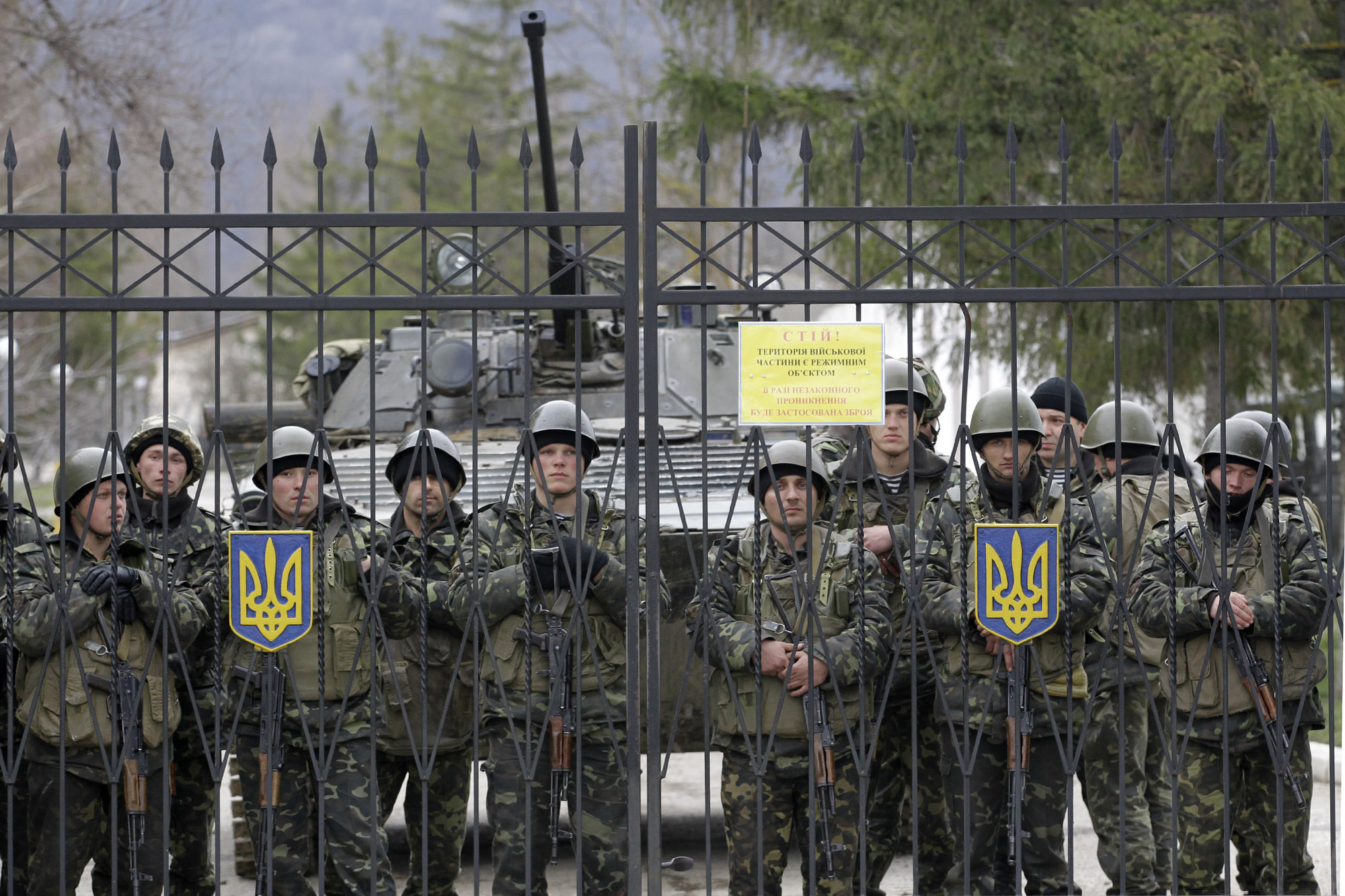NATO military exercises have begun in Poland, Lithuania, Estonia, and Latvia as a response to the 40,000 troops Russia has amassed near Ukraine’s eastern border. The sequential deployments of the American 173rd Airborne Brigade Combat Team in these Eastern European countries, totaling around 600 U.S. troops, illustrate President Obama’s attempt to reassure NATO allies against possible threats.
The exercises suggest a skepticism among Russia’s rivals that economic sanctions and diplomatic talks will be sufficient to halt the Russian-driven unrest in Ukrainian cities like Donestk, Kramatorsk, Slaviansk, and Luhansk. Government buildings in numerous Eastern Ukraine cities have been taken over by pro-Russian separatist forces and still “unrecognized” army officials, strongly resembling what Crimea went through before breaking off from Ukraine.
The escalating concern has invigorated the defensive role of NATO, with U.S. Secretary of Defense Chuck Hagel telling reporters that “Russian aggression has renewed our resolve to strengthen the NATO alliance.” Ukraine is not a member of NATO, but the unrest there has sparked concern among NATO members in Russia’s sphere of influence, particularly in Poland and the Baltic States.
NATO naval forces have also begun performing battle exercises in the Baltic Sea. These have been promoted by Norway, the Netherlands, Estonia, and Belgium. The Russian Defense Ministry responded by conducting its own naval operations in the Caspian Sea and flying surveillance flights over Ukrainian airspace. Even though Russia’s Military Minister Sergei Shoygu has insisted on his country’s preference to stay out of direct military clashes, these allegations should be taken with a grain of salt in light of Russia’s naval, army, and aerial exercises.
The international support has given confidence to a Ukrainian army that was previously paralyzed at the presence of an imposing Russian military. Consequently, military exercises are being more actively conducted within Ukraine itself.
Both sides have been testing each other’s commitments in the region, but now the tensions have reached a high point. The Obama administration is clearly reluctant to escalate any potential conflict with Russia. But if Russia accelerates its intervention in Ukraine, it will face strong pressure from its NATO allies in Eastern Europe to take a more aggressive stance.

